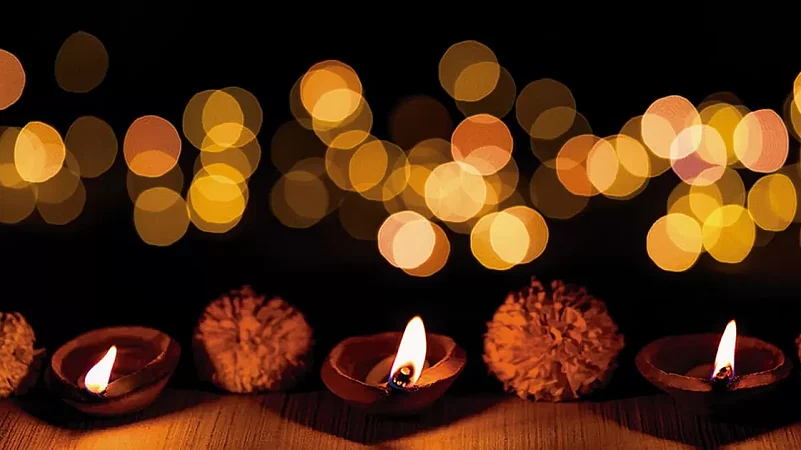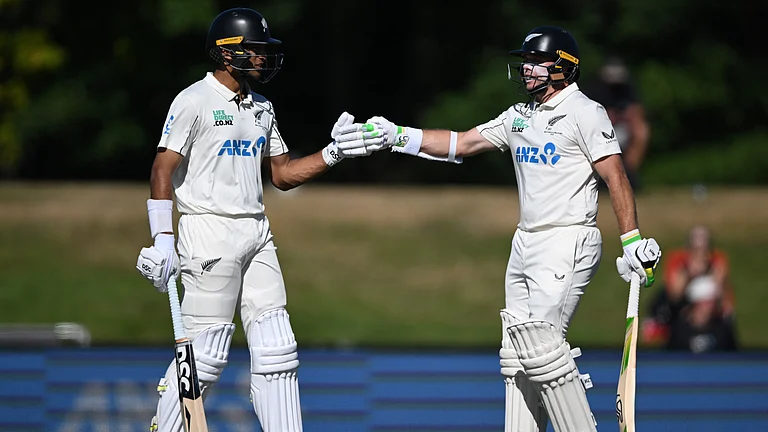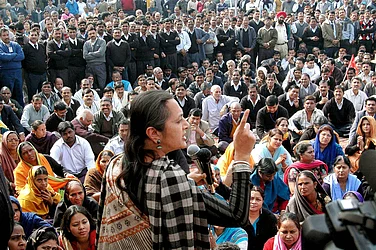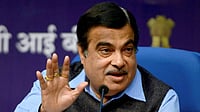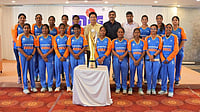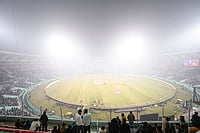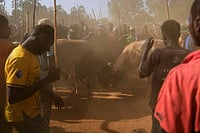Revellers will get a two-hour window from 8 pm to 10 pm on Diwali night on Sunday to burst firecrackers, an official of the Jharkhand State Pollution Control Board (JSPCB) said.
Similar windows will be allowed on Gurupurab, Chhat, Christmas and New Year but the timings will vary, he said.
JSPCB member secretary Y K Das said revellers can burst crackers from 8 pm to 10 pm on Gurupurab. On Chhat, the window will be from 6 am to 8 am and for Christmas and New Year, it will be from 11.55 pm to 12.30 am.
Das said air quality in the urban areas of all the districts ranges from good to satisfactory.
He said the sale of firecrackers with less than 125-decibel limit has been permitted in all the districts.
The Central Pollution Control Board categorises air quality index levels in the 0-50 range as 'good', 51-100 as 'satisfactory', 101-200 as 'moderate', 201-300 as 'poor' and 301-400 as 'very poor'.
The JSPCB, in its order, said that violation of its guidelines would invite legal action under sections of the Indian Panel Code and Air (Prevention and Control of Pollution) Act, 1981.
He said the board has recorded pre-Diwali noise pollution levels on November 8 and will continue monitoring it in major cities, including Ranchi, Jamshedpur and Dhanbad, till Chhat.
Ranchi has already recorded a rise in noise pollution levels in silence and commercial zones in the run-up to Diwali, he said.
The board will measure noise pollution levels in six places in the state capital Ranchi on Diwali night. It has divided the city into three zones -- silence, commercial and residential.
High Court, Doranda, and Rajendra Institute of Medical Science (RIMS) fall under the silence zone, while Albert Ekka, Lalpur and Ratu Road areas are under the commercial zone. Ashok Nagar is considered to be a residential area.
The board had measured the noise pollution levels in the earmarked areas on November 8, and found up to 29 per cent rise from the permissible limit in silence zones ahead of the Diwali festival.
The pollution levels have also increased in commercial areas by an average of 14 per cent, while it partially declined by around two per cent in the residential areas, according to the pollution board.






